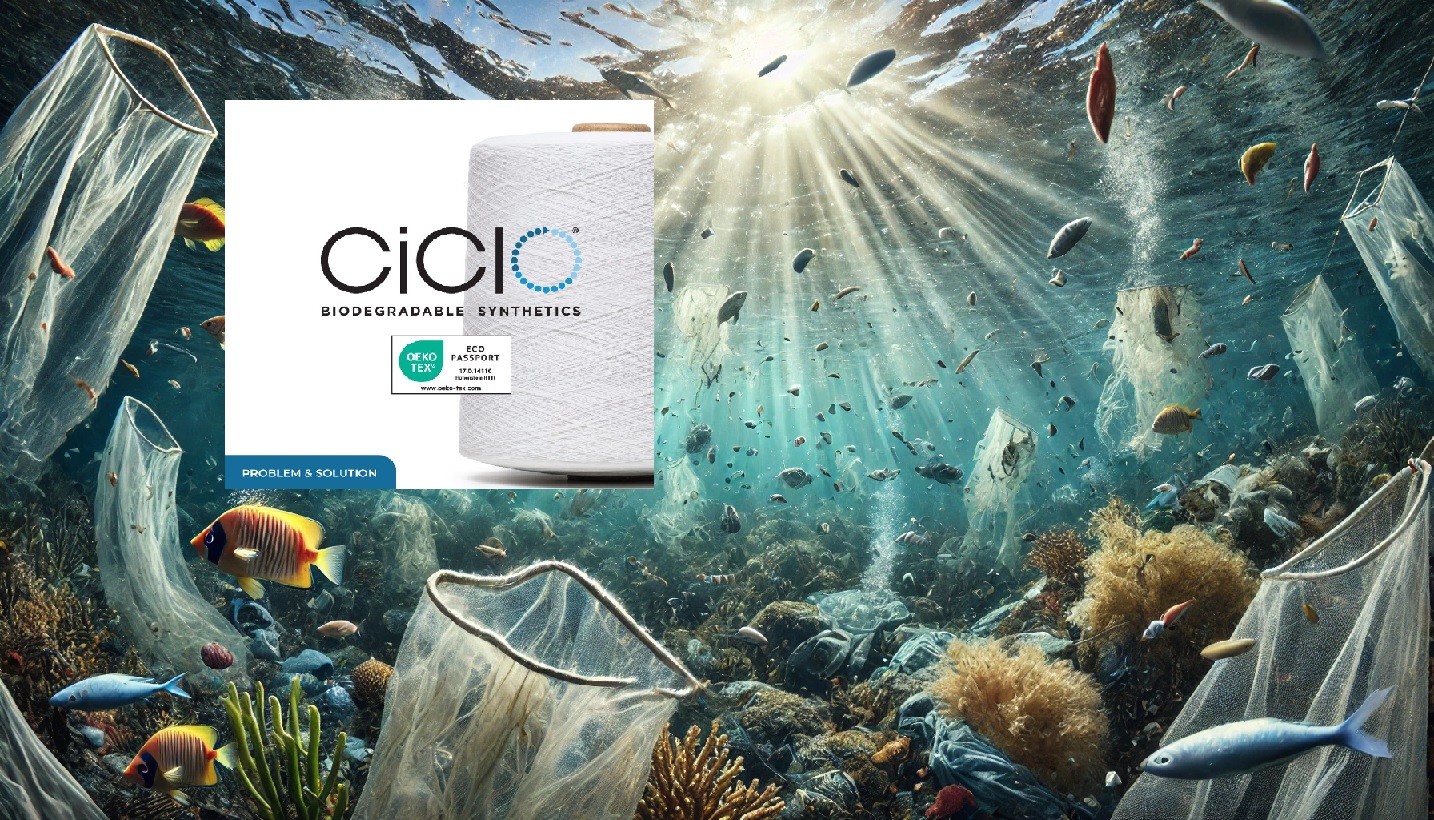Fashion is not just about trends and styles; it’s a massive industry with a deep impact on our planet. The fast fashion segment, known for its rapid production and turnaround, has been particularly problematic due to its environmental and social implications. This blog post delves into systemic sustainability that can revolutionize the textile and fashion industry.
The Problem with Fast Fashion
The textile industry, driven by fast fashion, is notorious for its negative impacts. This includes excessive resource use, pollution, and exploitative labor practices. Traditional solutions, like organic materials or eco-labels, have often been superficial, failing to address the root causes of the industry’s unsustainable practices.
Systemic Solutions: A Multi-Level Approach
To truly transform the industry, we need to look at systemic solutions that address the product, industry, and socio-ecological system levels. This involves a shift from short-term, profit-driven models to those prioritizing sustainability and long-term value.
- At the Product Level: Durability is key. By focusing on high-quality materials and construction, we can extend the life of garments. Another aspect is design; creating timeless, versatile pieces that can adapt to changing trends and personal styles.
- At the Industry Level: Businesses need to overhaul their models. This means shifting from mass production to on-demand and bespoke creations, reducing waste, and increasing the value and lifespan of each garment. Embracing circular business models, where products are designed for reuse and recycling, is crucial.
- At the Socio-ecological System Level: A paradigm shift is required. We need to move from a growth-at-all-costs mentality to a sufficiency-based approach. This involves reducing consumption, focusing on reuse and recycling, and prioritizing the environmental and social value of products over mere profit.
The Role of Technology and Collaboration
Advancements in technology, like digital product passports and innovative recycling methods, can aid in this transition. However, it requires industry-wide collaboration and a commitment from all stakeholders, including consumers, to adopt more sustainable practices.
Conclusion
The journey towards systemic sustainability in the textile and fashion industry is complex but necessary. By embracing innovative solutions at multiple levels, we can create a more sustainable and ethical fashion industry that respects both people and the planet.
Keywords: Sustainable Fashion, Systemic Solutions, Textile Industry, Circular Economy, Ethical Fashion, Environmental Impact, Systemic Sustainability
Reference:
Sahimaa, O., Miller, E.M., Halme, M. et al. From Simplistic to Systemic Sustainability in the Textile and Fashion Industry. Circ.Econ.Sust. (2023). https://doi.org/10.1007/s43615-023-00322-w



